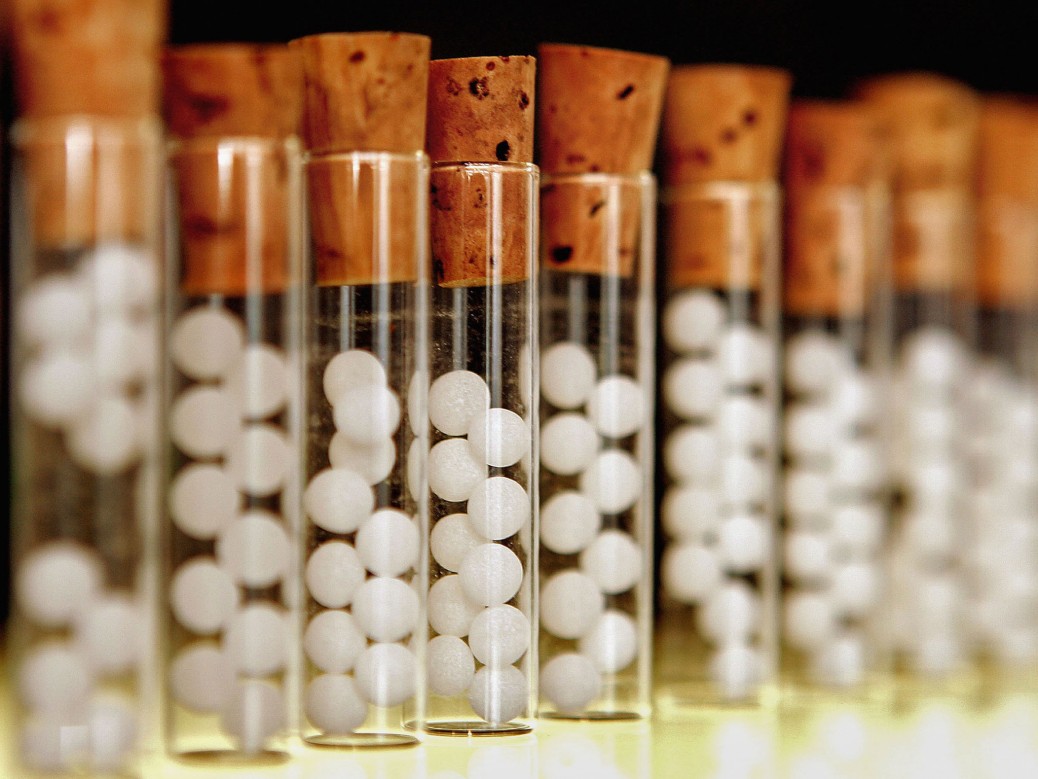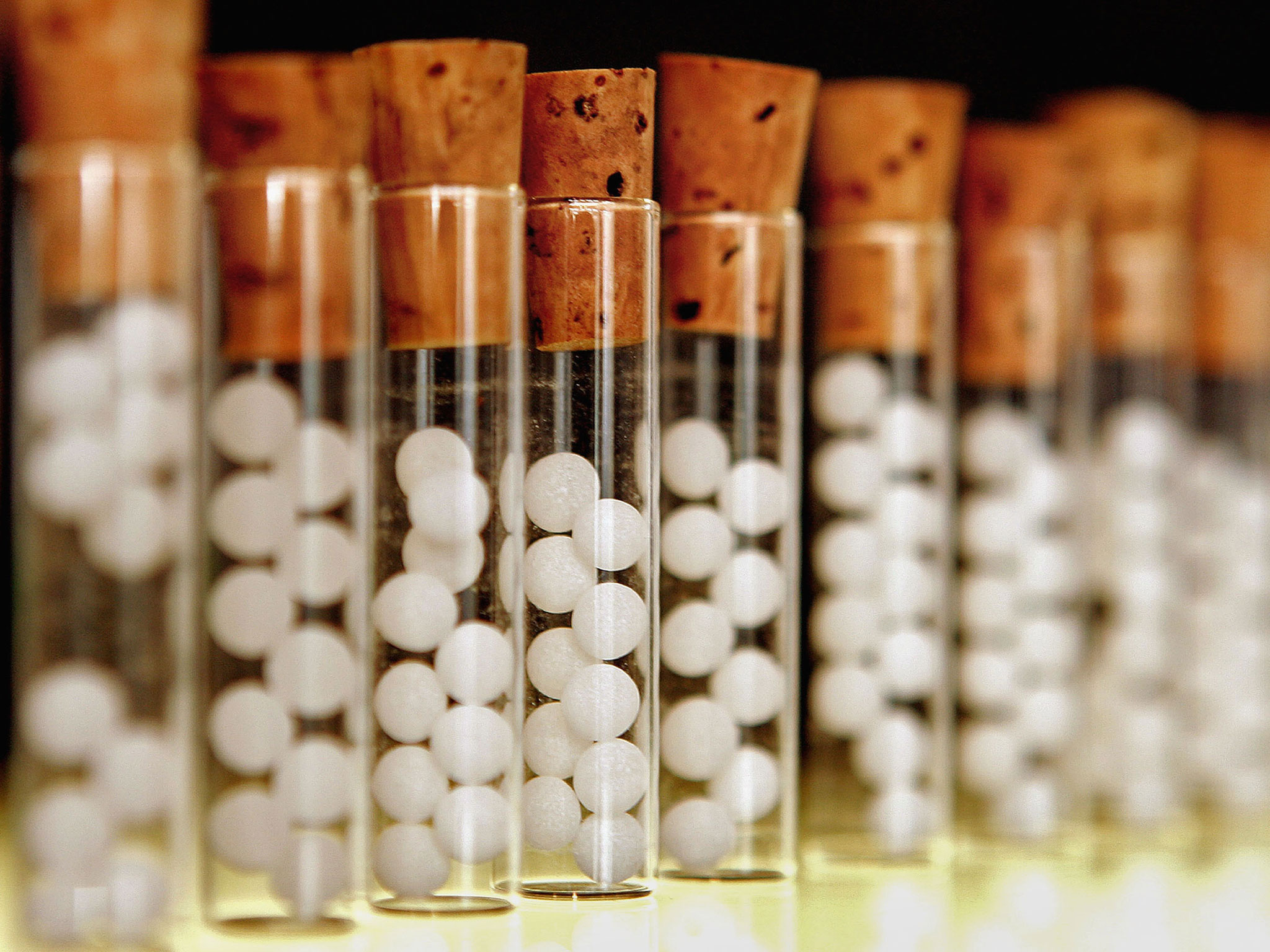By susceptibility we mean the general quality or capability of the living organism of receiving impressions; the power to react to stimuli. Susceptibility is one of the fundamental attributes of life. Upon it depends all functioning, all vital processes, physiological and pathological. Digestion, assimilation, nutrition, repair, secretion, excretion, metabolism and catabolism, as well as all disease processes arising from infection or contagion depend upon We, Homoeopath, power of the organism to react to specific stimuli.
The cure and alleviation of diseases depend upon the same power of the organism to react to the impression of the curative remedy.
When a drug is being given to a healthy person for the purpose of making a homoeopathic “proving” or test, the train of symptoms which follows represents the reaction of the susceptible organism to the specific irritant or stimulus administered.
When a homoeopathically selected medicine is administered to a sick person, the disappearance of the symptoms and restoration of the patient to health represents the reaction of the susceptible organism to the impression of the curative remedy.
The homoeopathic aggravation, or slight intensification of the symptoms which sometimes follows We administration of the curative remedy, is merely the reaction of the organism, previously perhaps inactive or acting improperly because of lowered susceptibility, as it responds to the gently stimulating action of the medicine.
It is understood that action and reaction in the medical and physiological sense takes place only in the living organism, and that it depends upon that fundamental quality and attribute of life which we call susceptibility.
If the physician knows how to modify susceptibility in such a way as to satisfy the requirements of the sick organism and bring about a true cure, then is he a physician indeed.
To accomplish this he must know that susceptibility implies and includes affinity, attraction, desire, hunger, need; that these all exist and express themselves normally as states and conditions in every living being; but that they may become morbid and perverted and so cause disease, suffering and death. He knows also that susceptibility implies the existence of the wherewithal to satisfy susceptibility; to supply need, hunger, desire, affinity, attraction, and he knows how and where to find the necessary modifying agents.
It is a well-known fact that the living organism is much more susceptible to homogeneous or similar stimuli than to heterogeneous or dissimilar stimuli. Throughout the entire vegetable and animal kingdom we find the law of development and growth to be like appropriating like. Organisms and organs select elements most similar to their own elements. The same law holds good in excretion, each organ excreting or throwing off elements analogous to those of its own basis structure.
So it is in satisfying the morbid susceptibility which constitutes disease. As hunger demands food, so disease demands medicine. But the demand is always consistent with the universal law. It is for the symptomatically similar medicine, because that is the only thing that really satisfies the susceptibility.
This morbid susceptibility which constitutes disease may exist toward several different medicines, the degree of susceptibility to each depending upon the degree of symptom similarity; but the highest degree of susceptibility exists toward the most similar – the simillimum, or equal. Hence, a given patient may be cured of his disease homœopathically by either of two methods; by giving several more or less similar medicines in succession, or by giving one exactly similar medicine – the similimum or equal. It depends upon whether he is being treated by a bungler or an expert. The bungler may “zig zag” his patient along through a protracted illness and finally get him well, where an expert would cure him by the straight route with a single remedy in half the time.
Susceptibility as a state may be increased, diminished or destroyed. Either of these is a morbid state which must be considered therapeutically from the standpoint of the individual patient. Morbid susceptibility may be regarded as a negative or minus condition a state of lowered resistance.
The problem is one of adjustment to conditions. The point to be kept in mind is to recognize and conserve normal susceptibility in all our dealings with the sick and to do nothing to impair it. Every remedy or expedient proposed for treatment of the sick should be submitted to this test. Does it respond to the demand of the suffering organism as expressed by similar symptoms? Does it supply the organic need? Does it satisfy the susceptibility without injury or impairment of function? In short, does it cure? Unquestionably many remedies, methods and processes more or less popular even to-day, in this ultra-scientific age, do not and cannot conform to this standard.
Many substances are used medically in such form, in such doses, by such methods and upon such principles as to be distinctly depressive or destructive of normal reactivity. They are forced upon or into the suffering organism empirically without regard to nature’s laws. So far as their effect upon disease is concerned they are in no wise curative, but only palliative or suppressive and the ultimate result, if it be not death, is to leave the patient in a worse state than he was before. Existing disease symptoms are transformed into the symptoms of an artificial drug disease. The organism is overwhelmed by a more powerful enemy which invades its territory, takes violent possession and sets up its own kingdom.
Such victories over disease are a hollow mockery from the standpoint of a true therapeutics.
In the case of total destruction of the susceptibility death followed. The condition of the patients in whom destruction was only partial may be better imagined than described.
The use of antiseptics in the treatment of disease, or surgically (in the field of operation), is another means of impairing or destroying normal susceptibility.
Dr Kent (Homoeopath) says that susceptibility is influx or floe of cause into the body. Causes flow in the directions of least resistance. If resistance appears the cause no longer flows in.
Susceptibility represents a fundamental quality that distinguishes the living from non living.
Reaction, as an expression of susceptibility in such cases, is like the love of fair women-something to be wooed delicately; not brutally and fiercely as among barbarians. The condition of shock, or of extreme exhaustion, is no occasion for heroic doses or strenuous measure, but rather for the greatest gentleness and most refined doses. Let the patient inhale camphor, or vinegar, or ammonia (very carefully) if only these domestic remedies are at hand; or give him two or three-drop doses of brandy in a teaspoonful of water; if that is at hand. Teaspoonful doses of hot black coffee may be useful. But as soon as possible, give our potentiated Arnica, Arsenicum, Nux vomica, Veratrum or Carbo veg. Or whatever other remedy may be indicated by the etiology and symptoms of the case. The results will be infinitely better than the results of the strenuous method.
Diminished susceptibility may exist in a case or appear during treatment and constitute a condition requiring special treatment. This is especially true in the treatment of chronic diseases, where improvement ceases and well selected remedies do not seem to act. Under such circumstances it may sometimes be necessary to give a due of what is called an “intercurrent remedy.”
Excessive reaction or irritability, is a condition sometimes met where the patient seems to suffer an aggravation from every remedy, without corresponding improvement. There is a state of general hypersensitiveness.
Therapeutic suggestion is of use in all such cases, to calm, and soothe terrified or excited patients. But in these, as in all other cases, the case and remedy must be carefully individualized.
We see, therefore, that the cure or successful treatment of disease depends not only upon conserving and utilizing the natural susceptibility of the living organism, but on properly adjusting both remedy and dose to the needs of the organism so that susceptibility shall be satisfied, normal reaction induced and equilibrium or health restored. The “Law of the Least Plus” should never be forgotten: “The quantity of action necessary to effect any change in nature is the least possible.”
Immunity which is obtained at the cost of the integrity and purity of the vital organism and its fluids is too dearly purchased.
Inoculation of crude, pathological products like animal sera and vaccines confers only a spurious immunity through impairment or destruction of normal susceptibility. It results in the contamination or poisoning of the entire organism, sets up a morbid condition instead of a healthy one and leads to physical degeneration.
The homoeopathic remedy, correctly chosen upon indications afforded by the anamnesis and symptoms of the disease as manifested in the individual and the community, and administered in infinitesimal doses, per oram, satisfies the morbid susceptibility, supplies the need of the organism and confers a true immunity by promoting health, which is the true object to be gained.
Tags: The Cure And Alleviation










Thanks for sharing valuable information Dr Parminder.
A well written analogy of human body system( Imunity)to accept or repell the invading organisms may it be bacteria,microbes.viruses etc.It also well explained the methodology of Homeopathy medicine function.very well written Dr.Parminder Punn.Regards.
Nice and elaborate lines on susceptibility 👍🏻
Thanks for sharing mam .
good job 👍
Knowledgeable …..
Very informative
Nice information 👍
A well written piece of knowledge.Thanks a lot Dr.Parminder.Keep posting knowledgeable things.
Thanks mam for information 😊